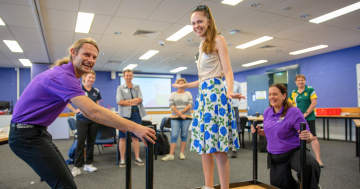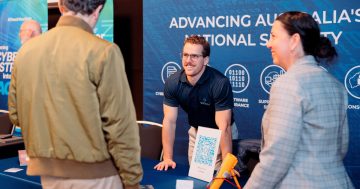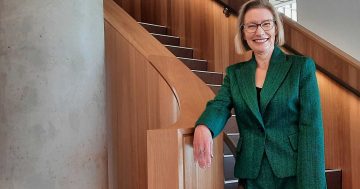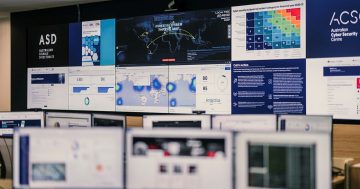 Students across NSW are to be prepared for jobs in a fast-changing digital world following the NSW Education Standards Authority (NESA) launching a new Computing Technologies curriculum.
Students across NSW are to be prepared for jobs in a fast-changing digital world following the NSW Education Standards Authority (NESA) launching a new Computing Technologies curriculum.
Alongside the new curriculum the Department of Education, Cyber Security NSW and industry have developed an Australian-first cyber security course for secondary students.
Welcoming the new curriculum, the Minister for Education, Sarah Mitchell said it had been updated to better reflect the latest computing technologies and the expectations of industry, “so that we create the next generation of tech savvy experts here in NSW”.
Ms Mitchell said the curriculum’s Enterprise Computing and Software Engineering syllabuses for Years 11 and 12 would see secondary students sitting more HSC exams online in 2025.
She said key features of the new curriculum included a greater focus on cyber safety and security content; closer links to subjects such as maths and science to create clearer pathways into STEM study and careers; and a new mandatory project for all senior secondary students as part of school-based assessment.
The Minister for Customer Service and Digital Government, Victor Dominello said the new cyber security course would provide students with a highly immersive experience to strengthen their cyber skills.
“From learning the fundamentals of cyber security and its important impact on day-to-day life to building hardware and gaining hands-on experience with coding, we are preparing our students for future careers in cyber,” Mr Dominello said.
“Cyber Security NSW has played an important role in developing the learning programs and resources which will be used in the delivery of the cyber security topic in NSW classrooms,” he said.
“Cyber Security NSW has also invested in the development of Cyber City, a complete, open-source platform to help teachers deliver the new cyber security curriculum, including the new iSTEM Cyber Security specialised topic.”
Ms Mitchell said iSTEM was a student-centred elective that integrated science, technology, engineering and mathematics.
“Through hands-on learning and simulations, students will build, maintain and automate essential infrastructures such as hydro dams, power grids or satellite telecommunications on a smart city network in the classroom,” Ms Mitchell said.
“We want to show our students that cyber security is more than inputting code in a computer, in fact 60 per cent of the industry are not coders.”
Further information on the new Computing Technologies curriculum can be accessed at this PS News link and on Cyber City at this link.











